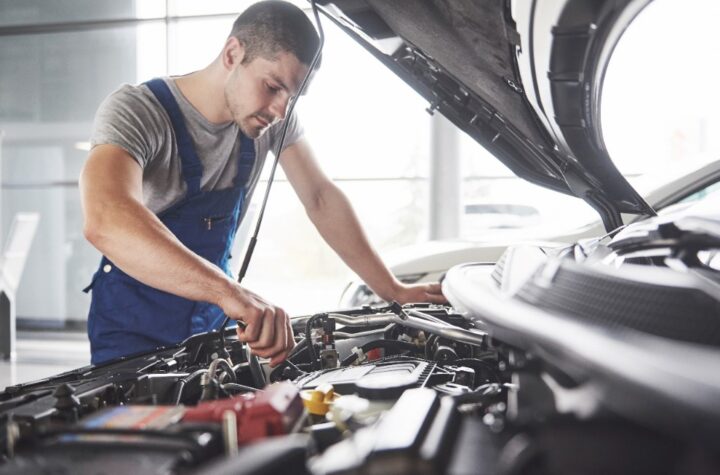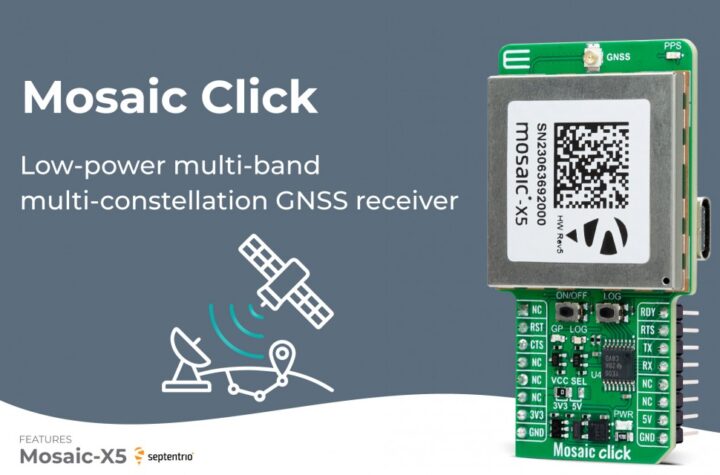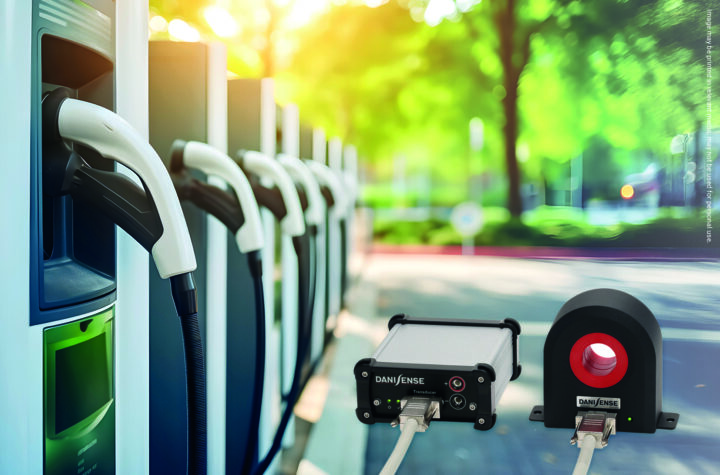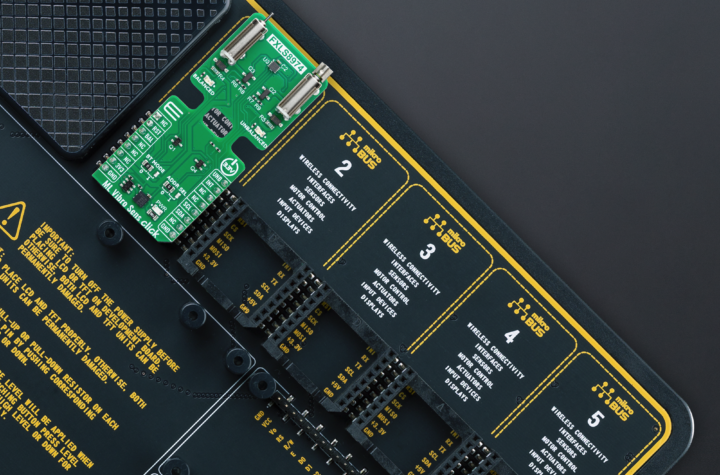
Developers and suppliers of propulsion systems are having to innovate across an increasing range of technologies as OEMs transition from conventional internal combustion engines to other technologies.
“As we look to the future of transportation, we will see a wide variety of systems, including highly efficient combustion engines, different hybrid architectures and pure electric propulsion systems,” says James R. Verrier, President and Chief Executive Officer of BorgWarner.
Automotive Industries (AI) asked Stefan Demmerle, Vice President, BorgWarner; President and General Manager PowerDrive Systems, to share the company’s strategy around future propulsion systems.
Demmerle: Right now, we see four big trends playing out in the global auto industry: autonomous driving, shared cars and ridesharing, connected cars, and efficiency. The good thing for BorgWarner is that we are connected to all of these trends. Even though they impact the industry in different ways, at the end of the day, they all require a propulsion system to get vehicles from point A to point B.
With our diverse portfolio of solutions for combustion, hybrid and electric vehicles, we are uniquely positioned for future propulsion needs. As we see a lot of potential there, we continue to invest in electric and power electronics to further strengthen our position. Due to our broad portfolio of products for hybrid and electric vehicles (including e.g. the eBooster electrically driven compressor, a P2 clutch/motor module, electric all-wheel drive and the HVH electric motor series), our business projections indicate that by 2023, 29% of all electric vehicles and 42% of all hybrid electric vehicles will feature BorgWarner content. This would correspond with an increase in revenue for those segments of more than 50% per year. So we pursue a balanced approach and are well set up for the future diversification in propulsion systems.
AI: How do you see the growth of combustion engines vis a vis hybrid and electric drive systems?
Demmerle: Combustion engines will continue to play a role for some time to come, as conventional systems, but even more so in hybrid solutions. We expect a growth in hybrid from three million units in 2016 to 18 million by 2023. We do see excellent opportunities in this area and will grow the share of our light vehicle business generated by hybrid solutions to 15% by 2023 – up from 1,1% in 2016.
AI: What challenges will autonomous cars throw up in terms of high energy consumption due to demanding intelligent car systems?
Demmerle: Autonomous cars are as much an opportunity as a challenge for the industry. The intelligent systems need a lot of additional energy – on-board data processing alone requires additional power in the range of 200 to 350 watts. This means that future systems will have to be much more energy-efficient than anything that was on the street in the past. Autonomous driving and energy efficiency are no contradiction if you have the right solutions, especially with regard to propulsion systems. We continue to invest into cutting-edge technologies in this field.
AI: How do you see the 48V evolving and how will the market react?
Demmerle: The 12V electric system has not changed in cars for over 40 years. With more complex and more demanding technologies being integrated into our vehicles, this has to change. The higher voltage allows for additional features that improve safety, and increase comfort and performance. So far, there are only a few models on the roads – for example by Audi, Mercedes and Renault. But many are working on vehicles relying on 48V. So we expect that 48V will be used widely in the near future, especially in Europe and across Asia.
AI: What are some of the challenges that will face EVs and that need to be dealt with before they gain acceptance?
Demmerle: The main challenge is and has been energy storage and management in order to further improve reach. People just want to be sure they can cover the distances they want – and there are great developments. Because regular heating or air conditioning usually reduces reach by a whopping 30 to 50%, OEMs need to further bring down the energy consumption of all the components in a vehicle using technology such as our highly energy-efficient PTC Cabin Heaters. At the same time, the option to swap batteries at gas stations and other recharging infrastructure would help increase acceptance.
AI: What is the future of hybrid and electric drives – how will the market change by 2020?
Demmerle: The near future will show a diversification of propulsion systems with combustion, hybrid and electric vehicles coexisting. By 2023, hybrid will grow from three million to 18 million cars a year, representing a very dynamic and interesting segment in which we are investing. Over the same period, electric drives will see a growth from 0.5 million in 2016 to 2.3 million in 2023. We expect 42% of hybrid vehicles and 29% of electric vehicles relying on BorgWarner technology then.
AI: How are technologies being developed for clean and efficient drives for vehicles with combustion engines?
Demmerle: Despite the growing trend towards hybrid and electric vehicle technologies, combustion propulsion systems will still be around for a while, but will need to comply with increasingly stringent government regulations. As a result there is an ongoing demand for innovation in this field, and the drive for more efficient combustion engines continues. For instance, we support trends like engine downsizing with our turbocharger, variable cam timing and exhaust gas recirculation solutions. These help customer needs such as better fuel economy, decreased emissions and improved performance.
AI: Will these be more popular than EVs and HEV drive systems?
Demmerle: The near future will show a diversification of propulsion systems with combustion, hybrid and electric vehicles coexisting. The key for combining performance with efficiency is making any propulsion system as energy-efficient as possible – no matter if its combustion, hybrid or electric. With our diverse portfolio of solutions for combustion, hybrid and electric vehicles, we are uniquely positioned for future propulsion needs.
Some recent BorgWarner innovations
PTC Cabin Heaters BorgWarner currently supplies PTC (Positive Temperature Coefficient) auxiliary heaters to automotive manufacturers such as Audi, Daimler, Ford, Jaguar, Mazda, Nissan, Seat, Skoda, Volvo and Volkswagen.
Electrified boosting technologies, advanced waste heat recovery systems, innovative airflow solutions and robust exhaust gas recirculation (EGR) coolers and valves help automakers reduce emissions while improving performance and fuel efficiency.
The company’s eBooster® electrically-driven compressor works independently of exhaust gas flow. Powered by an integrated electric motor, the system provides improved transient behavior at low engine speeds and complements conventional turbocharging systems for increased fuel efficiency.
The eTurbo™ advanced turbocharger incorporates an electric motor that can be used to either add torque to the turbine shaft for enhanced performance or to generate electrical energy from the exhaust gas flow.
BorgWarner’s electric drive module (eDM) provides primary or secondary propulsion for pure electric or P4-type hybrid vehicles. The integrated design of the electric motor and transmission enables weight, cost and space savings.















More Stories
Mosaic Click board from MIKROE delivers global coverage multi-band and multi-constellation tracking ability
Current transducer from Danisense selected for DC charging station testing device demonstrator at TU Graz
New Click board from MIKROE helps develop and train ML models for vibration analysis